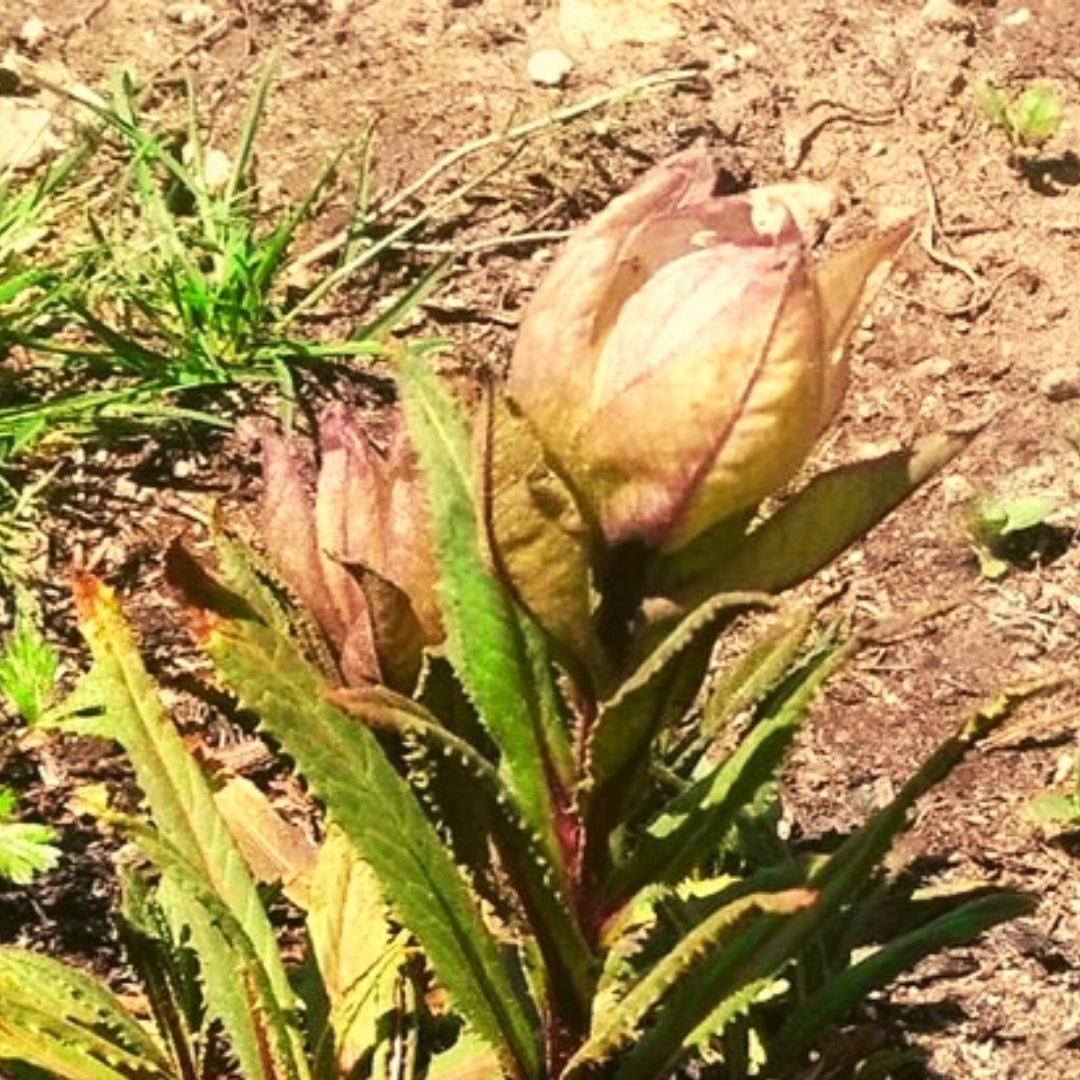
Image Credit: ANI
India's Highest Herbal Park Inaugurated Near Indo-China Border In Uttarakhand
Writer: Madhusree Goswami
A mountain girl trying to make it big in the city. She loves to travel and explore and hence keen on doing on-ground stories. Giving the crux of the matter through her editing skills is her way to pay back the journalism its due credit.
Uttarakhand, 22 Aug 2021 11:11 AM GMT
Editor : Ankita Singh |
A literature lover who likes delving deeper into a wide range of societal issues and expresses her opinions about the same. Keeps looking for best-read recommendations while enjoying her coffee and tea.
Creatives : Madhusree Goswami
A mountain girl trying to make it big in the city. She loves to travel and explore and hence keen on doing on-ground stories. Giving the crux of the matter through her editing skills is her way to pay back the journalism its due credit.
The main aim of the park is to “conserve various medicinally and culturally important alpine species, and facilitate a study on the propagation of these species, as well as their ecology.” It has about 40 species.
India's highest altitude herbal park, situated at a height of 11,000 feet, was inaugurated at a village situated close to the Indo-China border in Uttarakhand's Chamoli district on August 21.
Mana is the last Indian village in Chamoli bordering China. It is adjacent to the famous Himalayan temple of Badrinath. Spread over three acres of land given by Mana Van Panchayat under the Central government's Compensatory Afforestation Fund Act (CAMPA) scheme, the park was developed by the research wing of Uttarakhand's forest department.
The main objective behind setting up the park is to "conserve various medicinally and culturally important alpine species, and facilitate a study on the propagation of these species, as well as their ecology."
Number Of Species Available In Park
The park is home to around 40 species found in high altitude alpine areas in the Himalayan region, Sanjiv Chaturvedi, Chief Conservator of Forest (Research), said.
Several species are endangered and threatened as per the International Union for Conservation of Nature (IUCN) red list as well as the State Biodiversity Board. It also includes many important medicinal herbs as well, he added.
The park is divided into four sections. While the first section contains species associated with Badrinath (Lord Vishnu), which includes Badri Tulsi NSE, Badri Ber, Badri Tree, and sacred tree of Bhojpatra, the second section is dedicated to Ashtavarga species, a group of eight herbs found in the Himalayan region; namely Riddhi (Habenaria Intermedia), Vriddhi (Habenaria Edgeworthii), Jeevak (Malaxis Acuminata), Rishbhak (Malaxis Muscifera), Kakoli (Fritillaria Roylei), Ksheer Kakoli (Lilium Polyphyllum), Maida (Ploygonatum Cirrhifolium), and Maha Maida (Polygonatum Verticillatum), which are the most important ingredients of Chyawanprash.
Badri Tulsi has multiple medicinal benefits, according to various studies. Badri Ber is a nutrition-rich fruit.
The third section consists of Saussurea species and includes Brahmakamal (Saussurea Obvallata) which also happens to be the state flower. Other Saussurea species at the park include Phemkamal (Saussurea Simpsoniana), Nilkamal (Saussurea Graminifolia) and Koot (Saussurea Costus).
The fourth section consists of assorted alpine species including Ateesh, Meethavish, Vankakdi, and Choru. According to the Chief Conservator Of Forests, all of them are important medicinal herbs and are in great demand.
Also Read: One Casualty, Several Army Jawans Critical Due To Heat Stroke During Training In Pathankot
 All section
All section














